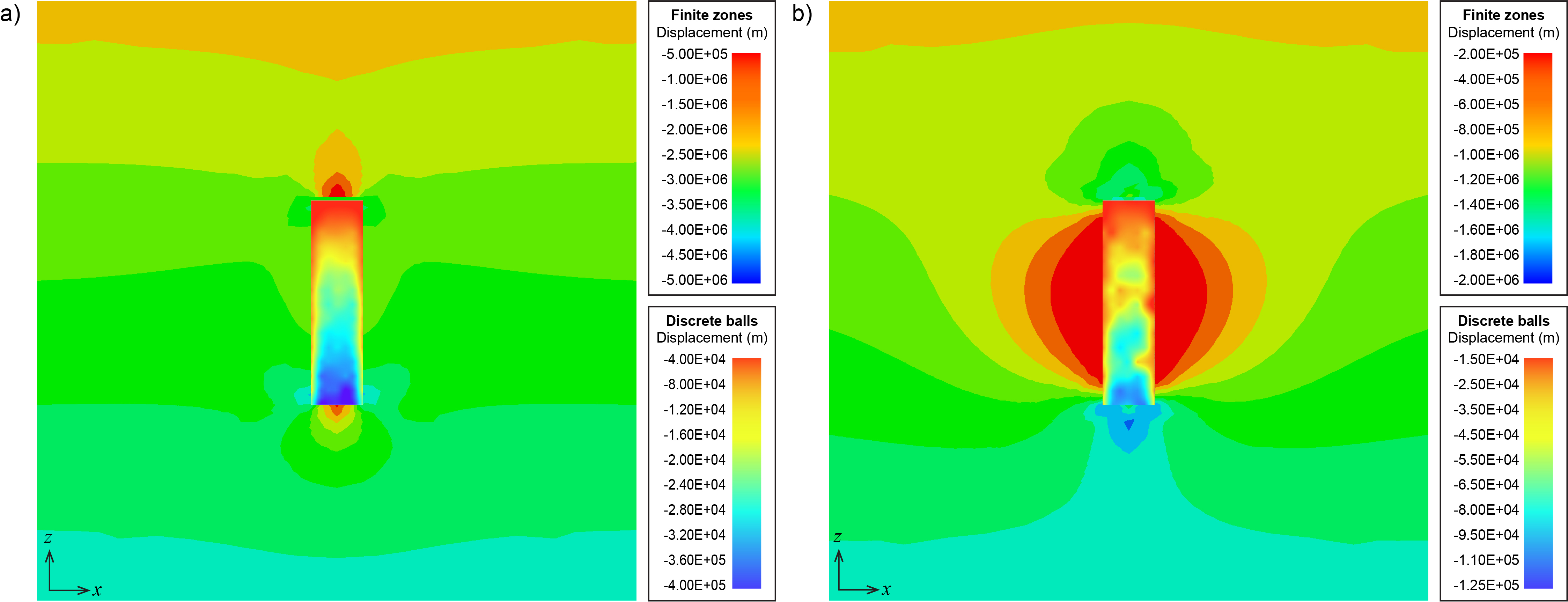Quantifying Russia’s Territorial Expansions in Ukraine: A Critical Examination
Introduction
Since the onset of the Russian-Ukrainian conflict in 2014, Russia has annexed Crimea and supported separatist movements in eastern Ukraine, leading to significant territorial shifts. Accurately quantifying Russia’s territorial expansions is crucial for understanding the conflict’s dynamics, assessing its impact, and formulating policy responses.
This numerical analysis examines the complexities involved in quantifying Russia’s territorial expansions in Ukraine, considering different perspectives, data points, and real-life examples. By critically evaluating the available evidence, we aim to shed light on the scale and nature of Russia’s territorial gains, their impact on Ukraine, and the broader geopolitical implications.
Perspectives on Territorial Expansions
Quantifying Russia’s territorial expansions in Ukraine is not a straightforward task due to differing perspectives and definitions of what constitutes “territory.” Some perspectives include:
The interplay of these perspectives influences the quantification of Russia’s territorial expansions.
Data Points and Real-Life Examples
Various data points and real-life examples illustrate the complexities of quantifying Russia’s territorial expansions:
Crimea Annexation (2014):
Eastern Ukraine Conflict (2014-Present):
Population Displacement:
Critical Analysis of Perspectives
Different perspectives on territorial expansions lead to varying estimates of Russia’s gains:
Legal Perspective:
Under international law, Russia has not acquired any territory in Ukraine. This perspective views Russia’s actions as illegal and emphasizes the importance of maintaining Ukraine’s territorial integrity.
Factual Perspective:
This approach emphasizes Russia’s de-facto control over Crimea and parts of eastern Ukraine. It highlights the extensive military presence, administrative changes, and integration efforts undertaken by Russia.
Operational Perspective:
This view considers the functional impact of Russia’s presence in Ukrainian territory, beyond legal or factual control. It assesses the extent to which Russia influences military, political, and economic dynamics.
Conclusion
Quantifying Russia’s territorial expansions in Ukraine is a complex and multifaceted task. Different perspectives, data points, and real-life examples highlight the challenges in defining and measuring territorial gains. The legal perspective emphasizes the importance of upholding international law and Ukrainian sovereignty.
The factual perspective provides a concrete assessment of Russia’s control and influence in Ukrainian territory. The operational perspective offers insights into the broader geopolitical implications, considering Russia’s military and political agenda. By critically analyzing these perspectives, we can gain a comprehensive understanding of the extent and nature of Russia’s territorial expansions in Ukraine.
Quantifying these expansions is not merely an academic exercise. It has profound implications for international relations, security, humanitarian assistance, and the future of Ukraine. Accurate and objective assessments are crucial for formulating effective policies and ensuring accountability for violations of international law.

